In my post about Maximising Dynamic Range in Backlit Images, I highlighted this as a situation where there were definite benefits to using low ISO to maximise dynamic range. The risk being that the slower shutter speeds risked loss of sharpness due to subject or camera movement necessitating more shots to increase the chance of a sharp image.
I have been using this approach more in other situations where I start with a high ISO, high shutter speed capture to get something sharp and usable but if there may be a benefit to a higher dynamic range image I will flick over to my pan blur settings to capture some files at low ISO while risking some sharpness.
This following set of Razorbill images from RSPB Bempton Cliffs quite nicely illustrates the issues with potential benefits. Being black and white as much dynamic range as possible is ideal to render detail in the plumage. My first image was at ISO 3200 1/1600s in the low intensity flat light. This image is straight from Adobe Lightroom after RAW processing and then edited in Photoshop with Topaz noise reduction and sharpening.
This next image is the low ISO 200 image with the same default processing and Topaz Photo AI. A shutter speed of 1/100s was the price to pay for the low ISO so this was a sharp image from a number that weren’t crisp.
The low ISO image shows far better detail in the dark plumage but this is a bit of an unfair comparison as I routinely put my higher ISO images through DxO PureRAW before the Photoshop and Topaz stage so this was the next version I processed.
While definitely not as good as the low ISO image this was a significant improvement on the straight Lightroom/Topaz image.
I began using DxO PureRAW before Lightroom had AI noise reduction as it was dramatically better than the noise reduction available in Lightroom at that time. Adobe’s AI noise reduction now available in CameraRAW and Lightroom has brought it a big step forward. This next image was processed through Lightroom with AI noise reduction before the default Topaz PhotoAI treatment.
This version is a significant improvement over the basic Lightroom processed image but is not as good to my eye as the DxO processed version which retains more shadow texture with less smearing of details. My conclusion from this is that both Lightroom and DxO PureRAW can pull a very good image out of a High ISO file but DxO PureRAW has an advantage and there are definitely benefits to a low ISO capture if you can mitigate the risk of a slow shutter speed.
As always you need to keep in mind the intended use of the image. If the intention is low res output for web it makes no difference (the advantages are not as easy to appreciate as presented here compared with the full res files). If you’re wanting to print a large image then there is justification. It is just another one of the factors to take into consideration in the compromise juggle.
Photos with Nikon Z9 and Nikkor Z 800mm f6.3 VR S
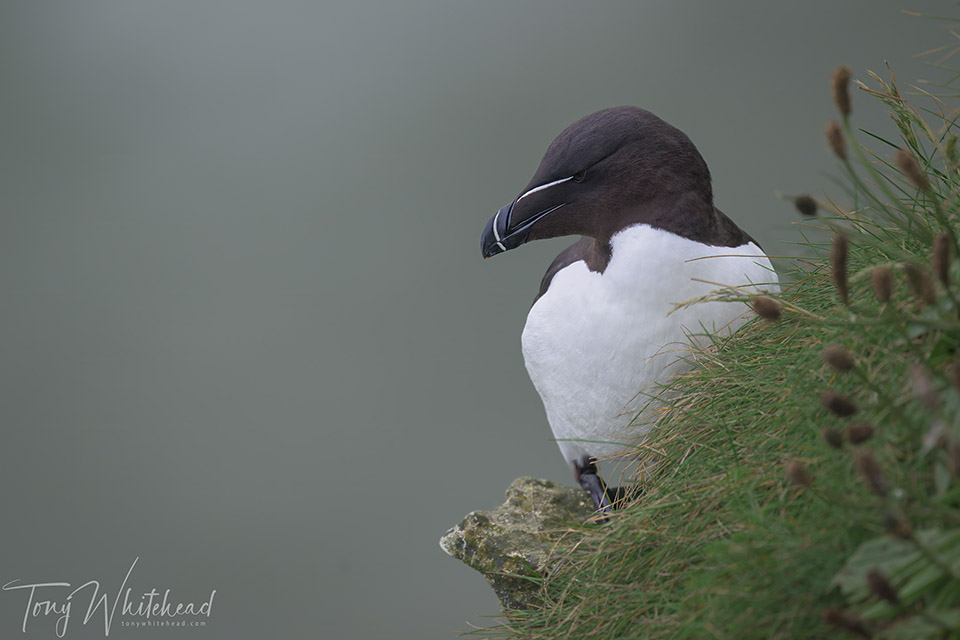
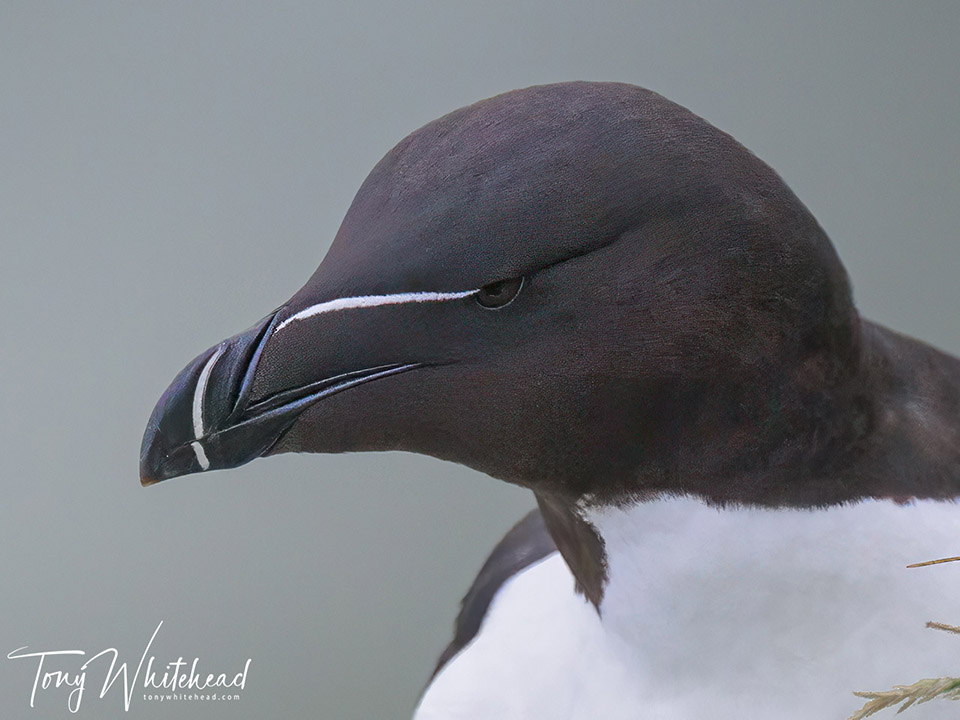
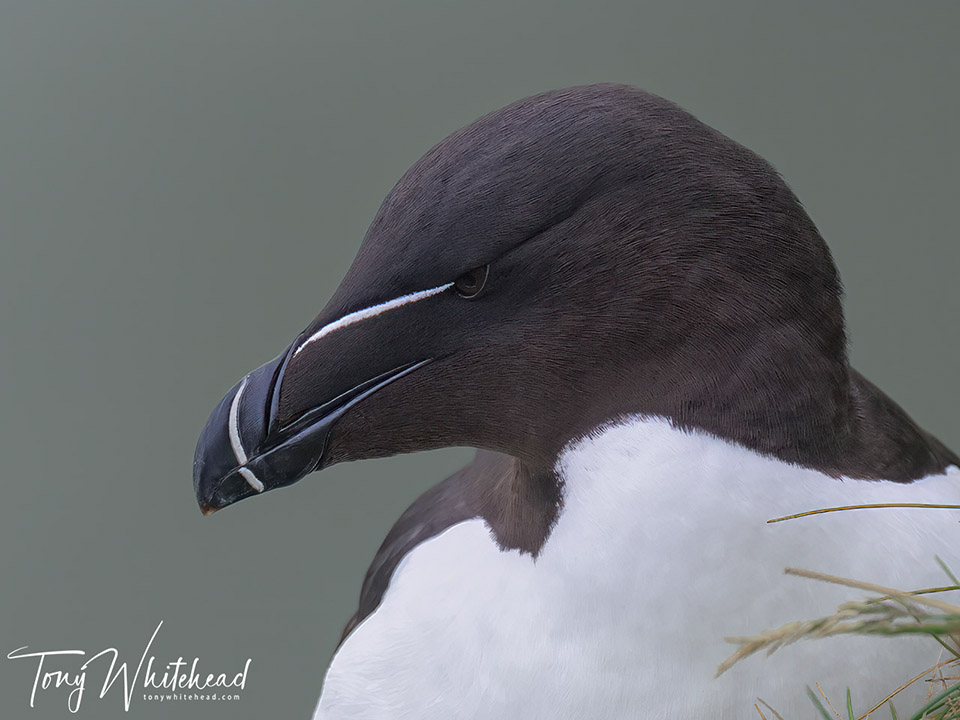
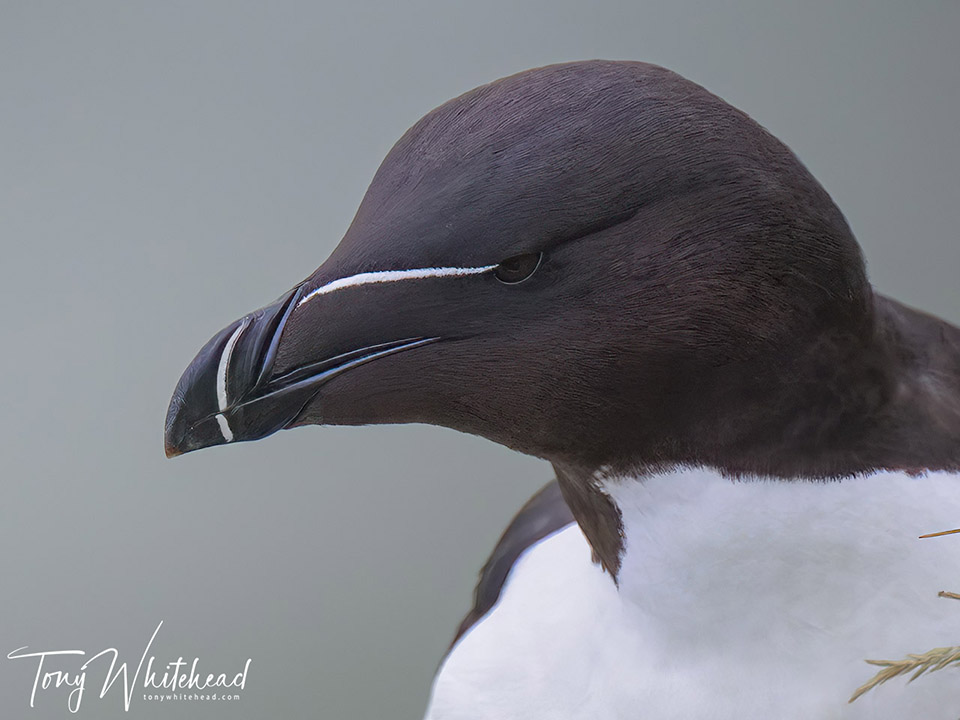
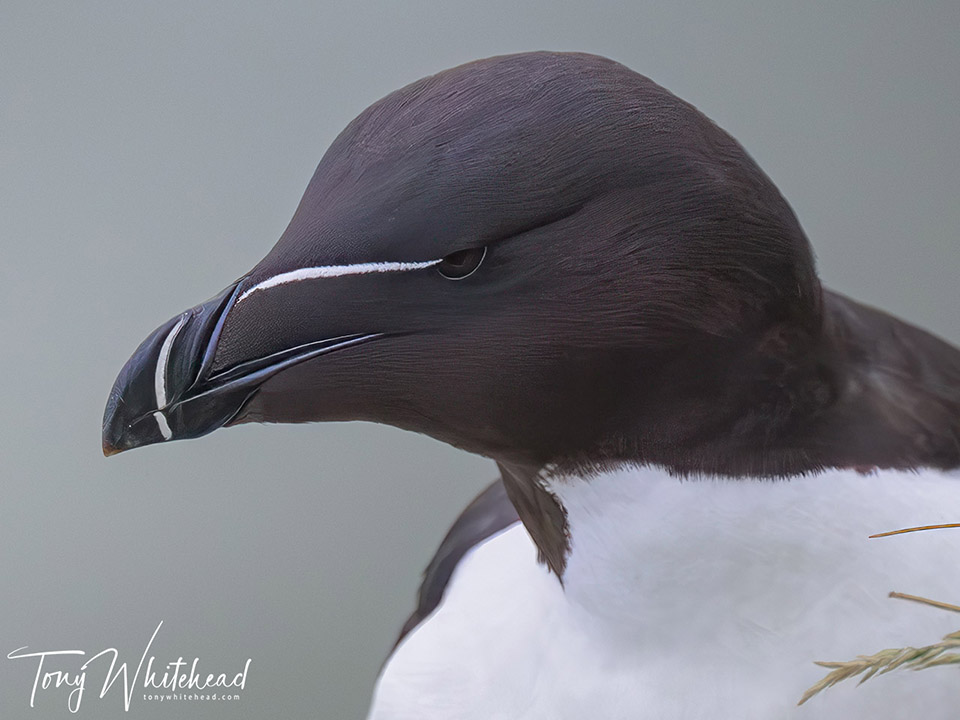
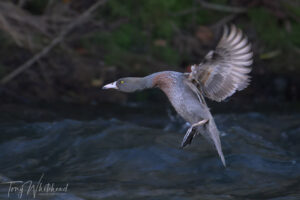
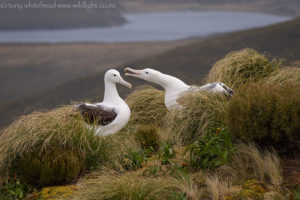

Nicholas Court
5 Jan 2025Really interesting comparisons. I learned something as always from your posts.
tony
5 Jan 2025Thanks for the feedback Nicholas. Good to hear that it is of interest to more than just me 🙂